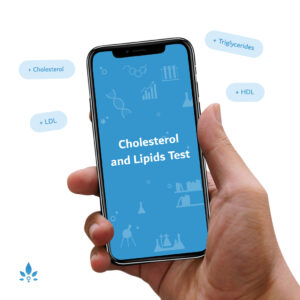What are Topical Steroids?


If your child suffers from eczema or other common skin conditions, you’re probably familiar with topical steroids. These skin creams and lotions have been used for the past 50 years to treat a variety of inflammatory skin conditions. They are generally safe with minimal side effects, but should only be used when prescribed and according to the label directions.
Steroids are naturally occurring substances that are produced in our bodies to regulate growth and immune function. Medically speaking, they are used to fight inflammation and its associated symptoms of swelling and redness. There are different types of steroids, but corticosteroids are the ones most commonly used topically to treat skin conditions.
Topical corticosteroids come in various strengths, ranging from “super potent” (Class I) to weaker, over-the-counter options (Class VII). Within each class, steroids come in ointments, gels, creams, and lotions. Since this type of medicine can be expensive, most come in a generic version, so discuss with your doctor which option is best for your child.
Also keep in mind the number that appears after the name of a steroid doesn\’t necessarily reveal its strength. For example, a medication such as betamethasone diproprionate 0.05 percent is actually much stronger than hydrocortisone 2.5 percent.
Side effects of steroid creams
The most common side effect of using super potent topical corticosteroids is skin atrophy, or thinning of the skin. This can happen if the steroid is applied too frequently and for a prolonged time without a break. The face, underarm, and groin areas are the most sensitive and susceptible. Topical steroids can also cause the skin to become lighter in color, leading to hypopigmented spots where the cream was applied.
Frequent and prolonged use of a topical corticosteroid to the eyelid area can also cause serious eye conditions, including glaucoma and cataracts.
When corticosteroids are applied to large body surface areas, enough may be absorbed to inhibit the body’s production of cortisol, which can result in adrenal suppression, leading to serious medical problems. The risk of adrenal suppression is highest with high potency (class 1-2) corticosteroids. Because infants and young children have a higher ratio of body surface area compared to their weight, they are more susceptible to this.
It is important to note that corticosteroids are FDA-approved for adults, but many have not been thoroughly tested for children. Discuss any treatments with your doctor and always follow rules for use thoroughly.
More in skin health:
- What are corticosteroids?
- How to trim your baby\’s nails
- Are flea bites dangerous in children?
- Your baby\’s skin: birthmarks and congenital markings
- When can I start applying sunscreen to my infant?
- Environmental allergies and eczema
- When you should visit an allergist?
- What is MRSA?
- Baby skin care
Sources:
- American Academy of Family Physicians: Choosing Topical Corticosteroids
National Eczema Association: Topical Corticosteroids: Myths & Facts
Powered by Bundoo®












































